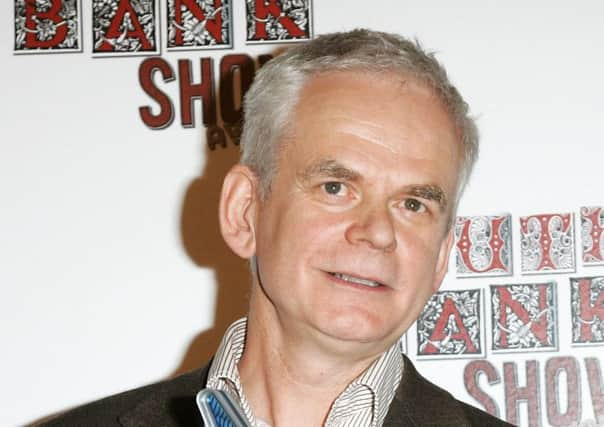Book review: Ephemeral Works 2004-2014 by Andy Goldsworthy


Ephemeral Works 2004-2014 by Andy Goldsworthy | Abrams, £50
Near neighbours of Andy Goldsworthy must treat every walk they take in the Dumfriesshire countryside as a potential voyage of discovery. Wander down to the river and you might find a perfectly symmetrical little bridge of alder branches built over the top; go exploring on a cold day and you might stumble upon one of the artist’s intricate ice sculptures; venture into the woods and you might come across a moss-covered tree that’s been painted with thick black bands of mud, making it look like a sinister, many-tentacled sea creature.
Or, of course, you might not. For all that Goldsworthy produces his land art at a prolific rate it is not built to last, but rather to fade back into its surroundings. Fortunately, however, for those of us unable to be in the right place at the right time, the artist takes care to document it all, and in this book he gives us a generous selection of photographs of his so-called ephemeral works, made from 2004-2014.
Advertisement
Hide AdThe fact that these works all eventually decay isn’t viewed by the artist as a flaw or a drawback – it’s clear from the way he records their gradual disintegration that in many cases this process of fading back into nature is just as significant as the “finished” creation. A few of his works are presented as single moments here, but most are shown to be processes. His Rain Shadows, for example, are formed by the artist lying down on his back just before a rain shower, then getting up and walking away after a few minutes, leaving a dry, human-shaped silhouette behind. He doesn’t just show us the finished shadow, however, but also a series of subsequent frames in which the shadow slowly disappears as it becomes as wet as its surroundings. Similarly, in Ice. Stood on End. Filling Gap in Wall. Dumfriesshire, Scotland, 5 December 2012 he uses several hundred plate-sized sheets of ice that seem to have been taken from the frozen surface of a lake or pond to fill in a gap in a dry stone wall. The completed repair job is spectacular, but we also get photographs of what happens when the ice begins to melt. The ordered precision of Goldsworthy’s initial creation is dramatic, but the chaos of its disintegration is even more striking, as the chunks of ice, warmed by the sun, morph into organic-looking, almost humanoid forms.
Tellingly, the book contains hardly any text at all – just a brief, eight-sentence introduction from the artist and the bald, say-what-you-see titles of the works. Little gloss is needed; Goldsworthy’s art speaks very eloquently for itself.